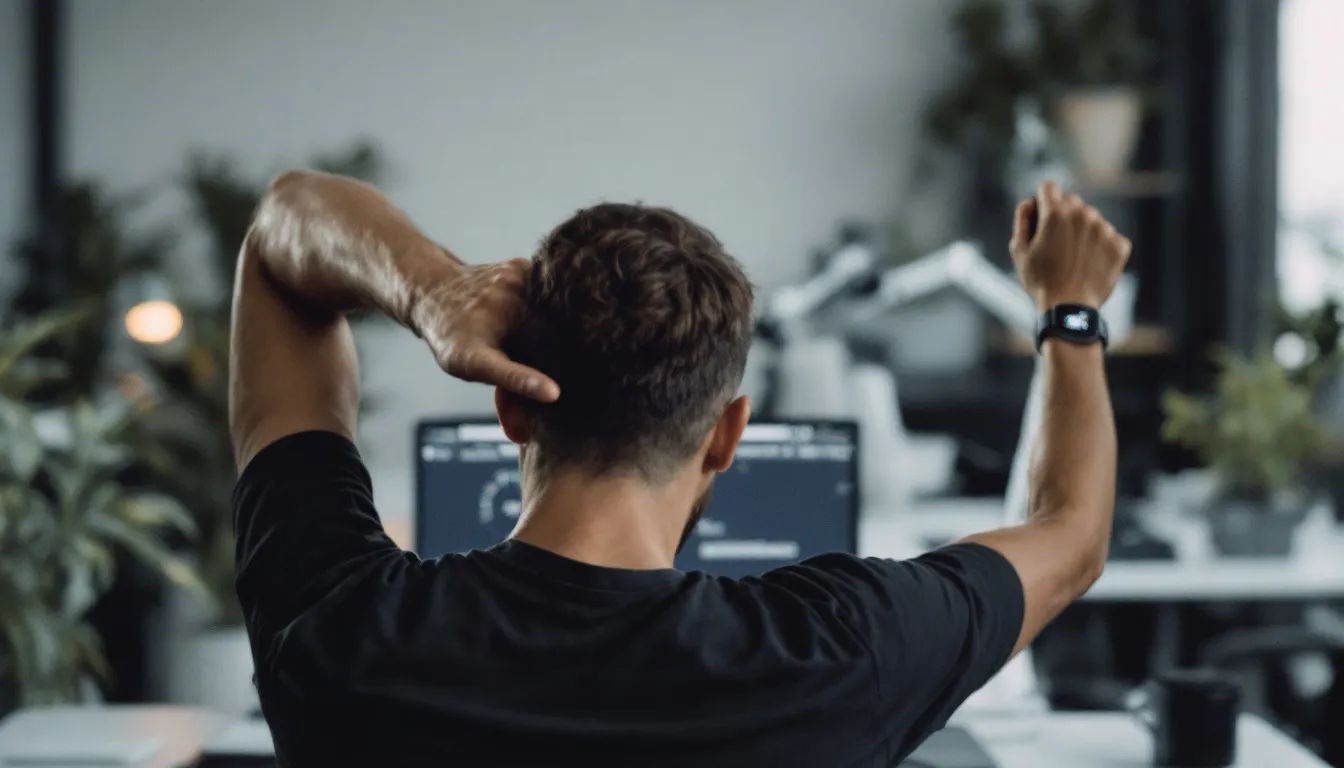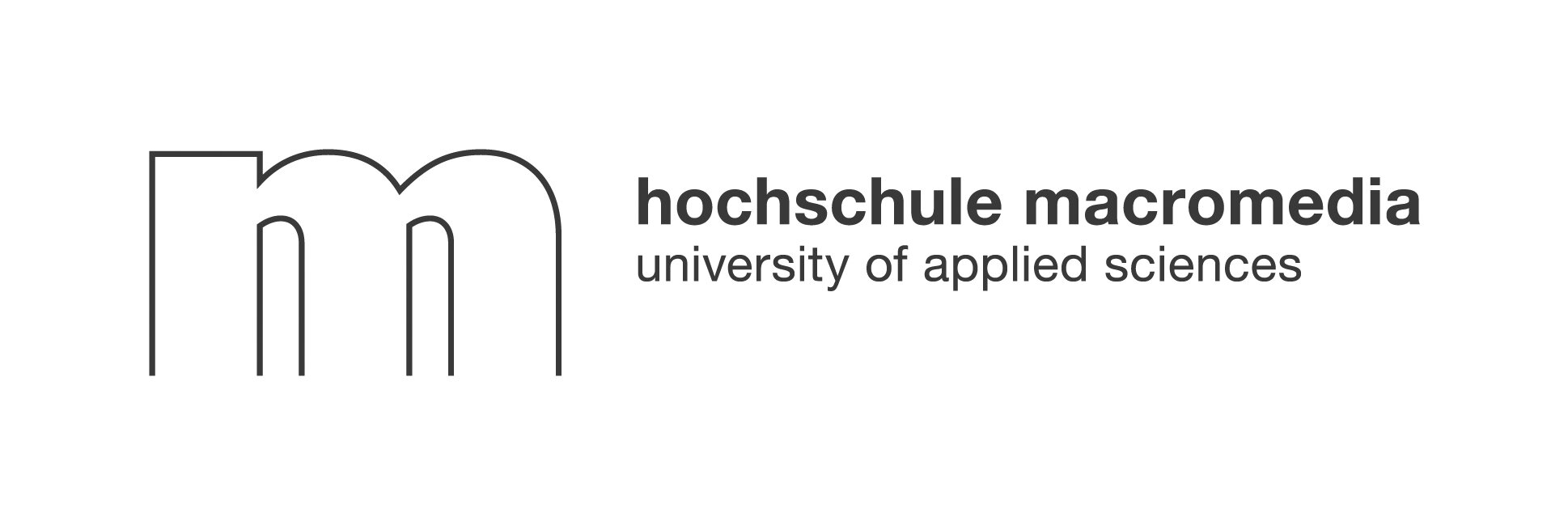Workplace stress is at an all-time high, with employees navigating hybrid schedules, constant notifications, and the ever-present pressure to perform. But what if the solution isn’t another one-size-fits-all wellness webinar? What if the future of workplace well-being is rooted in authentic, AI-curated connections that fit your unique needs and rhythms? In this guide, discover the 5 ways to reduce workplace stress that actually work in 2025—and how Neroia’s AI-driven platform is quietly transforming the modern office into a calmer, more connected community.
5 Ways to Reduce Workplace Stress — What You’ll Learn
Workplace stress isn’t just a buzzword. It’s a real challenge that affects productivity, health, and the overall vibe of any organization. This article will walk you through the 5 ways to reduce workplace stress, blending practical science-backed tips with the latest in AI-powered social benefits. Along the way, you’ll understand why generic initiatives often miss the mark and how Neroia’s approach is reshaping stress relief for today’s teams.
Quick Stat Check: Why Stress Matters
"In 2021, the American Psychological Association reported that 71% of U.S. workers felt stressed during the workday. Chronic stress is linked to burnout, absenteeism, and even the ‘Great Resignation’." (APA, 2021)
The numbers are clear: stress isn’t just a personal issue—it’s a workplace epidemic. High stress leads to lower engagement, increased turnover, and a dip in creativity and decision-making.
How This Guide Differs from Generic Advice
Most articles on stress management offer broad advice: “Take breaks,” “Eat healthy,” “Talk to someone.” While helpful, these tips rarely address the root causes of stress in today’s hybrid, tech-heavy workplaces. This guide goes deeper, showing how the 5 ways to reduce workplace stress can be supercharged through AI-driven, micro-social experiences—making stress relief feel natural, not forced.
Spotting the Early Warning Signs of Burnout

Recognizing stress early is the first step to regaining control. Burnout doesn’t happen overnight; it builds up, often unnoticed, until it’s overwhelming.
Physical Cues
Physical signs can be subtle but telling. These may include:
- Frequent headaches or muscle tension
- Fatigue that doesn’t go away with rest
- Changes in appetite or sleep patterns
- Digestive issues or frequent minor illnesses
If you notice any of these, your body may be signaling that your stress levels are too high.
Emotional and Behavioural Red Flags
Burnout also shows up in how you feel and act:
- Feeling detached, irritable, or anxious at work
- Difficulty concentrating or making decisions
- Withdrawing from colleagues or social activities
- Loss of motivation or a sense of accomplishment
"Long-term stress can take a toll on both your physical and emotional health. Being aware of these early signs helps prevent more serious issues down the road." (Healthline, 2024)
Way 1: Plan and Prioritise Like a Pro
Effective planning isn’t about cramming more into your day—it’s about working smarter, not harder. Mastering this skill is one of the most powerful ways to reduce workplace stress.
Time-Blocking vs. To-Do Lists
To-do lists are popular, but they can become overwhelming. Time-blocking, on the other hand, means assigning specific blocks of time to focused tasks. This method:
- Reduces decision fatigue
- Helps you see where your time really goes
- Makes room for breaks and unexpected tasks
Here’s a simple comparison:
Experiment with both and see what helps you feel more in control.
Saying “No” Without Burning Bridges
Boundaries are essential. If you say yes to everything, you’ll quickly feel stretched thin. Practice these steps to say “no” gracefully:
- Be clear and polite (“I appreciate you asking, but I can’t take this on right now.”)
- Offer an alternative if possible (“Maybe I can help next week, or suggest someone else.”)
- Stand firm—your well-being comes first.
Way 2: Integrate Micro-Breaks and Movement
Sitting for hours at a desk, glued to screens, is a recipe for stress and tension. Micro-breaks—short, intentional pauses—are proven to recharge your mind and body.
Science of the 90-Minute Focus Cycle
Research shows our brains work best in cycles of about 90 minutes, followed by a short break. Ignoring these natural rhythms leads to fatigue and mistakes.
"Taking even a few minutes of personal time during a busy day can help prevent burnout caused by chronic work stress." (Healthline, 2024)
Desk-Friendly Stretch Routine
Try this quick, desk-friendly stretch routine every 90 minutes:
- Shoulder rolls (10 seconds)
- Neck tilts (10 seconds each side)
- Wrist stretches (10 seconds each wrist)
- Seated spinal twist (15 seconds each side)
- Stand and reach for the sky (10 seconds)
These tiny movements boost circulation, reduce tension, and signal your brain to reset.
Way 3: Set Tech Boundaries to Protect Focus
Technology is a double-edged sword: it enables productivity but also bombards us with distractions. Setting digital boundaries is a modern must for reducing workplace stress.
Combatting Notification Fatigue
Constant pings and pop-ups fragment attention and increase stress. Try these steps:
- Turn off non-essential notifications during focus periods
- Use “Do Not Disturb” modes on devices
- Schedule set times to check email and messages
"Multi-tasking can make us less productive. By committing to tech boundaries, you can focus on the task at hand and reduce stress." (UMass Global, 2024)
Crafting a “Digital Availability” Policy
Let colleagues know your preferred hours for responding to emails or messages. This clarity:
- Reduces after-hours interruptions
- Sets healthy expectations
- Encourages others to respect your boundaries
If your company uses platforms like Neroia, you can even sync your digital availability with your calendar, making it easy for coworkers to see when you’re open for collaboration or when you’re in focus mode.
Way 4: Lean on People, Not Just Willpower
Isolation is a major driver of workplace stress, especially in remote and hybrid environments. Building genuine connections is one of the most effective ways to reduce workplace stress and prevent burnout.
Building a Peer Support Circle
Having a trusted group of colleagues makes it easier to share challenges and find solutions. Here’s how to start:
- Join or create a small group for regular check-ins
- Participate in micro-events or interest-based meetups
- Offer support as much as you receive it
Neroia’s AI-driven platform excels here. It effortlessly matches employees for small-group activities—think yoga sessions, mindfulness meetups, or running groups—based on shared interests and schedules. These micro-events are proven to foster authentic connections and break down silos, even in distributed teams.
When and How to Talk to Your Manager
If stress feels unmanageable, reaching out to your manager is key. Prepare by:
- Identifying specific stressors
- Suggesting possible solutions (like adjusting workload or joining a wellness event)
- Framing the conversation around mutual goals—your well-being and the company’s success
Most managers appreciate proactive communication and want to support their teams.
Way 5: Strengthen Your Body-Mind Resilience

Physical and mental health are deeply connected. Building resilience through daily habits is one of the 5 ways to reduce workplace stress that pays off in every area of life.
Nutrition, Sleep and Breathwork Basics
- Nutrition: Eat balanced meals and healthy snacks to keep energy steady. Avoid skipping meals, which can spike stress hormones.
- Sleep: Prioritize 7–9 hours of quality sleep. Poor sleep makes stress harder to manage and impairs focus.
- Breathwork: Simple breathing exercises (like 4-7-8 breathing) can quickly calm your nervous system during stressful moments.
Turning Recovery Into a Daily Habit
Make recovery as routine as meetings. Schedule micro-breaks, take walks, and join wellness activities. With platforms like Neroia, you can easily discover and join group sessions—whether it’s a lunchtime yoga class, a Qigong session, or a company run—tailored to your preferences and calendar.
"Setting aside time for self-care is necessary if you regularly feel overwhelmed by work. You'll likely be able to tackle work issues more effectively when your core needs are being met." (Healthline, 2024)
Why Traditional Wellness Initiatives Fall Short
Many companies offer wellness programs, but participation and results often disappoint. Why?
- Generic offerings: Standard programs (like mass webinars) rarely address individual needs or interests.
- Lack of personalization: Employees want activities that fit their schedules, personalities, and goals.
- Hybrid disconnection: Remote workers often miss out on in-person perks, leading to isolation.
- Planning friction: Organizing group activities can be a logistical headache, discouraging engagement.
Traditional approaches may check a box, but they don’t foster the organic, calming connections that truly reduce workplace stress.
How Neroia’s AI Platform Delivers the Future of Stress Relief
Neroia’s vision is simple but powerful: to revolutionize workplace culture by making stress relief effortless, personalized, and social. Here’s how the platform brings the 5 ways to reduce workplace stress to life:
AI-Driven Micro-Events: The New Standard
Neroia uses advanced AI to recommend small-group activities—typically 3–4 participants—based on your interests, availability, and location (virtual or in-person). Examples from recent pilots include:
- Yoga and Qigong sessions: Guided by certified instructors, these events help employees recharge and connect in a relaxed setting.
- Company runs and walking groups: Physical activity meets social connection, with AI coordinating times and matching participants.
- Mindfulness meetups: Short, guided sessions to practice meditation or breathwork, tailored to team needs.
Effortless Coordination and Privacy
The platform handles all the logistics—suggesting times, sending invites, and even integrating with your existing calendar. Participation is always voluntary, and all data is anonymized, ensuring privacy and comfort.
Adapting to Hybrid and Remote Work
Whether you’re in the office or working from home, Neroia makes it easy to join or host micro-events. This flexibility ensures everyone can tap into the benefits of authentic connection and stress relief, no matter where they are.
From Rigid to Organic: A Culture Shift
Instead of rigid, top-down wellness interventions, Neroia empowers employees to effortlessly discover and join activities that genuinely interest them. The result? More participation, deeper engagement, and a workplace culture where well-being is woven into daily life.
"Employees feel valued when their unique needs are met and they can connect with colleagues in a way that feels natural—not forced."
Putting It All Together: A New Era for Workplace Well-Being
The 5 ways to reduce workplace stress are more than tips—they’re the foundation for a thriving, resilient team. When combined with AI-powered, micro-social experiences, these strategies become practical, enjoyable, and sustainable.
Bullet List: Why Neroia’s Approach Works
- Personalized, interest-based activities boost engagement and participation
- Small groups foster authentic, low-pressure connections
- AI coordination removes planning friction, making stress relief easy
- Privacy-first design builds trust and comfort
- Seamless integration with existing programs and schedules
Ordered List: How to Get Started with Neroia
- Sign up or log in to the Neroia platform
- Set your interests, preferred times, and privacy preferences
- Receive AI-curated invitations to micro-events (yoga, mindfulness, runs, etc.)
- Join sessions that fit your schedule and mood
- Enjoy effortless, stress-busting connections with colleagues
Conclusion: Thrive in 2025 with the 5 Ways to Reduce Workplace Stress
Reducing stress at work isn’t about doing more—it’s about doing what works for you, in a way that feels natural and sustainable. The 5 ways to reduce workplace stress—planning, micro-breaks, tech boundaries, social support, and resilience—are proven foundations. When amplified by Neroia’s AI-driven platform, these strategies become the heartbeat of a healthier, happier workplace.
"The future of work is calm, connected, and human—powered by technology that brings people together, not apart."
Ready to experience the next level of workplace well-being? Let Neroia help you and your team effortlessly discover authentic connections, break the cycle of stress, and thrive together in 2025 and beyond.




